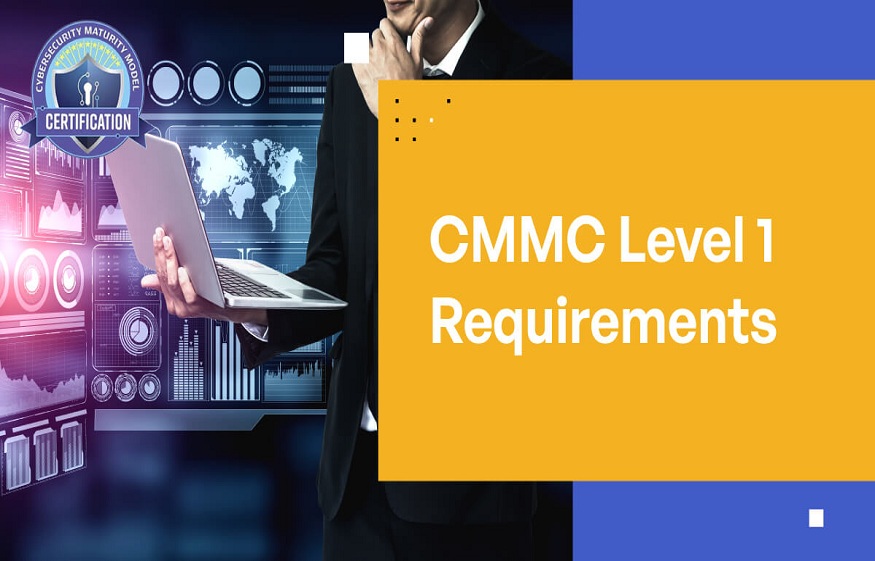How Long Does It Take to Implement CMMC Level 1 Requirements?

Getting started with CMMC Level 1 might feel like a straightforward task—until the real work begins. What looks like a short list of practices on paper often stretches into weeks or even months depending on how ready your organization truly is. Timeframes vary, and understanding what affects them can make all the difference in staying ahead of requirements.
Timeline Realities for Initial CMMC Level 1 Deployment
Many small to mid-sized contractors assume CMMC Level 1 requirements can be tackled over a long weekend. The truth is, while the scope is smaller than Level 2, it still demands structure, documentation, and action across your entire environment. This means reviewing who has access to systems, how information is shared internally, and whether those basic controls are not just in place—but working.
For most, the process takes about 30 to 90 days, depending on internal resources and existing cybersecurity hygiene. That includes defining boundaries, assigning roles, documenting procedures, and training team members on basic access controls and media protection. If your systems are loosely managed or you’re lacking clear IT procedures, even a Level 1 deployment can take longer than expected. Building realistic expectations early will keep things moving without surprises.
Accelerating Compliance Through Structured Security Processes
Organizations that already have structure in their IT and security practices move through implementation much faster. When policies are already in place for user access, system updates, and regular monitoring—even informally—it’s far easier to map those habits to CMMC Level 1 requirements. That head start can shave weeks off the total timeline.
One of the biggest time-savers is centralizing responsibility. Assigning a point person or team to lead the effort, coordinate resources, and track progress avoids confusion and delay. If that team understands both the technical and policy side of compliance, tasks like defining access control or identifying unprotected systems get completed faster and with fewer errors. This kind of coordination becomes even more valuable when moving toward CMMC Level 2 requirements later down the line.
Common Delays Contractors Face During Implementation
Even the most confident teams run into setbacks. One frequent delay comes from underestimating the level of documentation required. CMMC Level 1 doesn’t demand the full documentation that Level 2 does, but you still need evidence that your practices are in place and enforced. That might mean creating simple policies from scratch or updating outdated ones to reflect how your business currently operates.
Another common holdup is unclear system boundaries. Contractors often struggle to define exactly where Controlled Unclassified Information (CUI) flows—or could flow—within their environment. This leads to confusion over which systems need protection and what kind of controls are required. Without clear definitions, the entire process slows. Working with a partner familiar with CMMC assessments can help untangle this part early, keeping implementation on track.
Shortening Your Path to Level 1 with Precise Preparation
Solid preparation can turn a 90-day process into a 30-day one. That starts with a gap analysis—comparing your current practices to the full list of CMMC Level 1 requirements. This gives you a focused list of what needs fixing, without wasting time on things that already meet the mark. It also helps prioritize the order of work, putting critical vulnerabilities at the top of the list.
Another major step is defining your asset inventory. Knowing exactly what devices, users, and systems handle Federal Contract Information (FCI) helps avoid scope creep during implementation. Many organizations delay compliance because they keep uncovering new systems or accounts that should’ve been secured from the start. Getting that visibility early helps cut weeks off the timeline and gives you a cleaner environment to work with.
Impact of Existing Cybersecurity Practices on Implementation Speed
If your organization already has a basic cybersecurity foundation—like regular password changes, antivirus software, and limited user access—you’re already halfway to CMMC Level 1. These everyday habits often align with core requirements such as identification and authentication or system protection. The more mature these practices are, the faster they can be refined and documented to meet compliance.
On the other hand, companies without structured IT policies may need to start from square one. That means not only putting technical controls in place, but also training employees and documenting procedures so they’re repeatable and enforceable. The absence of consistent practices adds time to both implementation and assessment, which can delay contracts or make you ineligible to bid until you catch up.
Planning Realistic Milestones for Swift CMMC Adoption
Setting clear milestones is one of the smartest ways to stay on track. Even a short list of goals—like finishing a gap analysis in week one, completing policies by week two, and training users by week three—can bring structure to the process. With CMMC assessments looking for repeatable, institutionalized practices, having a schedule helps ensure nothing gets skipped or rushed.
These milestones should reflect your actual pace and available resources. Smaller contractors might need more time if IT support is part-time or outsourced. Larger teams may move faster but need tighter coordination. Either way, regular progress check-ins, detailed task lists, and ongoing communication between departments help make sure the process doesn’t stall. CMMC Level 1 compliance isn’t just a box to check—it’sa shift toward stronger, more consistent cybersecurity habits.






